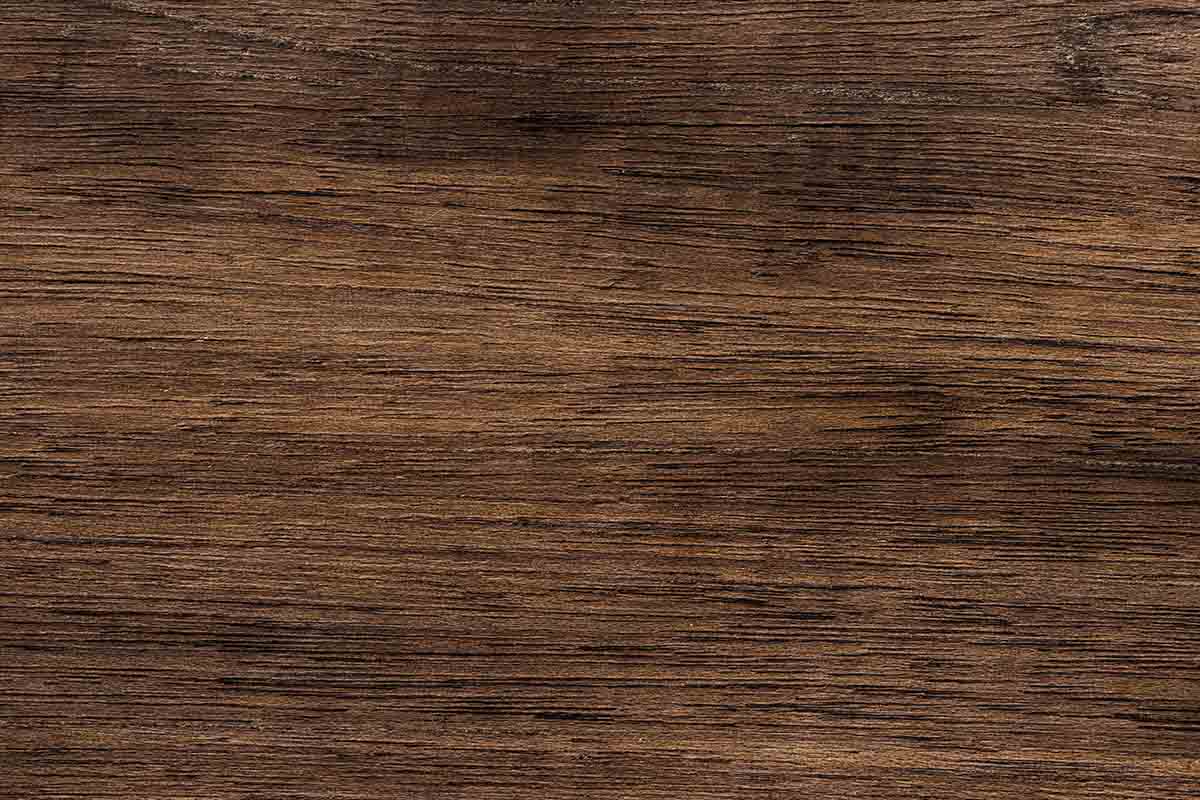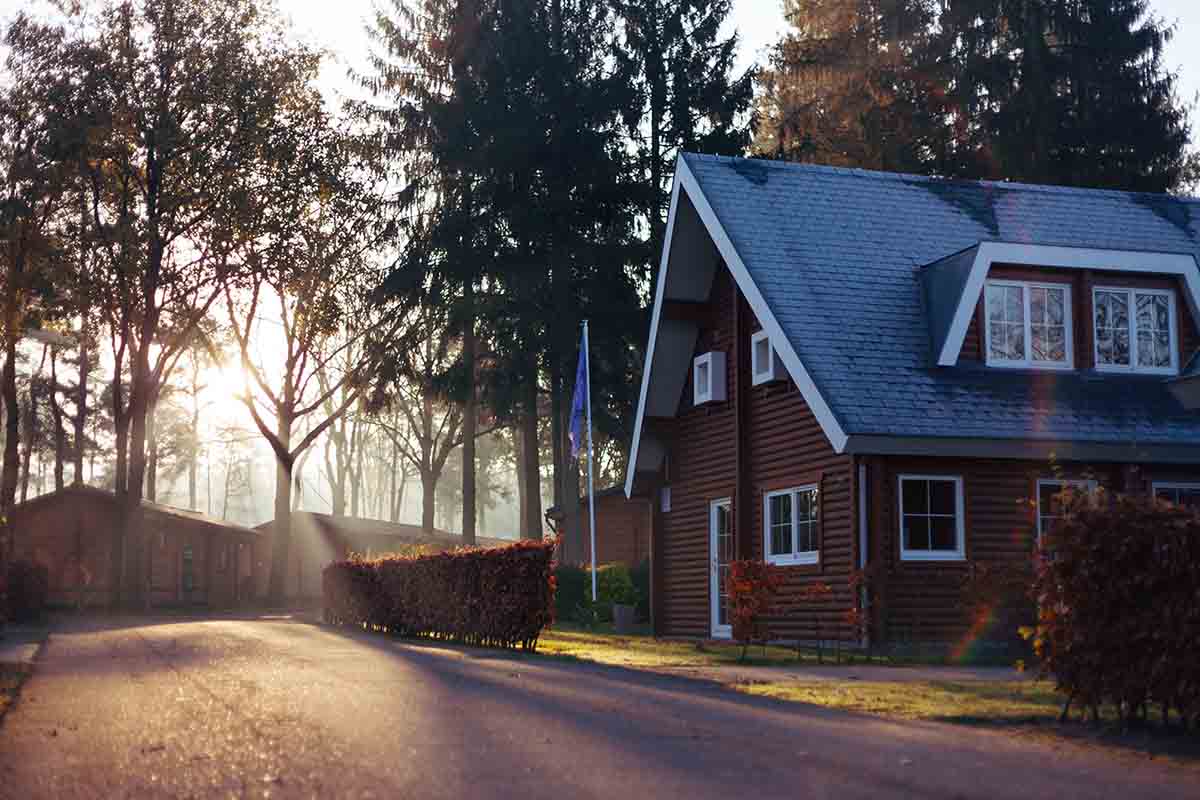Are Lumber Prices Going up or Down?
Is the price of lumber going up or down? Well, it’s hard to tell sometimes. The prices seem to jump around a lot, and it’s tough to know what’s really going on. In this blog post, we’re going to take a look at what’s been happening with lumber prices and try to figure out where they’re headed in the future. So, if you’re curious about lumber prices, read on!
Are Lumber Prices High?
Prices for lumber have been on the rise in recent months, with the cost of lumber increasing by about 10 percent since the start of 2018. This has caused some concern among construction professionals, as the higher prices could lead to increased costs for new projects.
However, it’s important to note that these price increases are not uniform across all types of lumber. In fact, the prices for some varieties of lumber have actually decreased in recent months. So what’s driving these price changes? And what does it mean for building materials and the construction industry?
- There are a number of factors influencing lumber prices, including:
- The cost of raw materials used to produce lumber
- The cost of transporting lumber from mills to construction sites
- The cost of labor
The demand for lumber in the construction industry
The cost of raw building materials is one of the main drivers of lumber prices. Lumber is made from trees, and the price of wood has increased lately as demand for timber has grown. This has led to higher costs for lumber mills, which in turn has caused higher prices for consumers.
Other Factors That Affect the Cost of Lumber
Transportation costs are also a major factor in lumber prices. Lumber is heavy and expensive to transport. The cost of moving it from mills to construction sites is significant. This is especially true in coastal states, where the cost of shipping goods by sea is high. Labor costs are also a factor in lumber prices. Lumberjacks and other workers involved in the production and transport of lumber are paid relatively well, and their wages have increased in recent years.
The demand for lumber in the construction industry is also a major driver of prices. In recent years, there has been a surge in demand for lumber in the U.S. as the construction industry has recovered from the recession. This has resulted in higher prices and increased competition for lumber among suppliers.
So What Does All This Mean for Construction Professionals?
The good news is that not all types of lumber are experiencing price increases. The bad news is that the price increases are likely to continue in the short term, as the cost of raw materials and labor continues to increase. This could lead to higher costs for new construction projects.
However, it’s important to remember that the construction industry is cyclical, and prices will eventually come down as the demand for lumber decreases. In the meantime, construction professionals should factor the increased cost of lumber into their project budgets.
The Different Types of Lumber
There are different types of lumber, but they all fall into a few categories. Softwood lumber is made from conifers like pine or cedar, while hardwood lumber comes from deciduous trees like oak or maple. Each kind of wood has its own unique properties that make it suitable for different applications.
Softwood lumber is generally less expensive and more lightweight than hardwood lumber. It’s also more prone to warping. Therefore, it’s not as suitable for projects that require a lot of precision. Softwood lumber is good for things like framing houses or building decks—since it’s strong and relatively easy to work with.
On the other hand, hardwood lumber is denser and more durable than softwood lumber. It’s less prone to shrinking and warping, so it’s better for projects that require a lot of precision. Hardwood lumber is good for things like furniture, cabinetry, and flooring.
There are also several grades of lumber, depending on the quality of the wood. The most common grades are construction grade, select grade, and premium grade. Construction grade lumber is the lowest quality, but it’s also the cheapest. It’s perfect for projects that don’t require a lot of precision, like building a deck or a fence.
Select grade lumber is a bit more expensive than construction grade, but it’s still affordable. It’s perfect for projects that require a bit more precision, like building a cabinet or a bookshelf. Premium grade lumber is the most expensive, but it’s also the highest quality. It’s perfect for high-end projects, like building a custom deck or a piece of furniture.
How Much Does Lumber Cost on Average?
That question is a little more difficult to answer. The price of lumber varies greatly depending on the type of wood, where you live, and the time of year. But according to the National Association of Home Builders, the average price of lumber in the United States is around $5 per square foot.
That’s a lot of money, especially if you’re only working with a small project in mind. But there are ways to save on lumber. One is to buy it used or recycled. You can also buy it in bulk, which gives you a discount. Or, if you’re feeling adventurous, you could try sourcing your lumber from a local lumberyard or tree service. If you’re a consumer or construction worker, check out costcertified.com/about to learn more about construction estimating and management.
Construction and Building Materials: Understanding Lumber Prices
We hope you found this article helpful. If you had questions about lumber prices, this content is a good starting point. We’re glad we could help out. Thanks for reading our content and continue browsing more of our website!




















